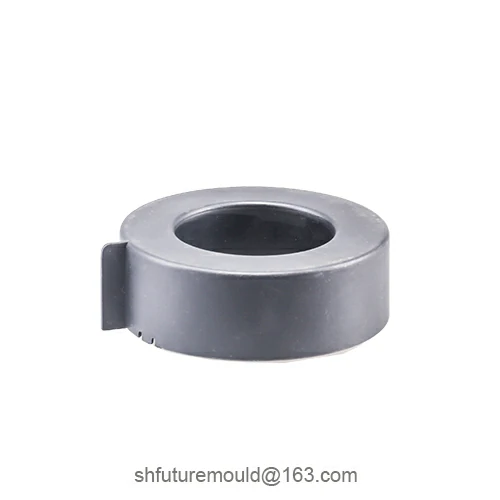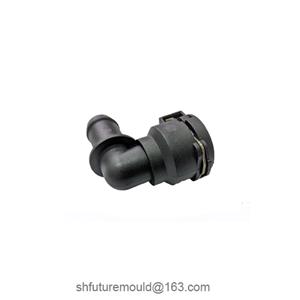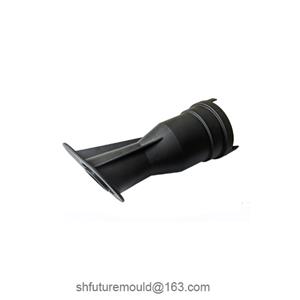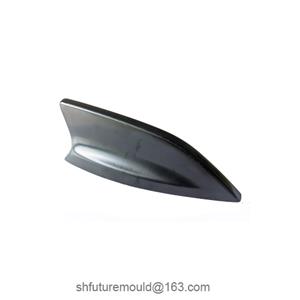The Injection Molding Process
Injection molding is a highly efficient and automated plastic forming method in modern manufacturing. By subjecting plastic raw materials to steps such as heating, plasticizing, injection, packing, cooling, and mold opening, high-quality plastic products are ultimately formed.
I. Raw Material Preparation and Pretreatment
Material Selection
The first step in injection molding is selecting suitable plastic raw materials. Different products and applications require specific plastics, such as polypropylene (PP), polycarbonate (PC), or ABS. The material’s flowability, heat resistance, and shrinkage rate directly affect molding quality.
Material Drying
Most plastic materials require drying to remove absorbed moisture before use. Residual moisture can cause bubbles, silver streaks, or warpages during molding. Adjust drying temperature and duration based on material properties and equipment requirements to ensure optimal material conditions.
II. Injection Molding Machine and Mold Preparation
Machine Setup
Before starting production, thoroughly inspect and preheat the injection molding machine. Ensure the clamping force, injection system, hydraulic system, and temperature control function properly to guarantee process stability.
Mold Installation and Calibration
As the core component of injection molding, mold design, and machining quality directly impact product precision. During installation, ensure precise mold positioning, secure fixation, and calibrate the cooling system to achieve uniform mold temperature.
III. Injection Molding Process Flow
1. Plasticizing and Metering
Plasticizing: Plastic pellets are heated, mixed, and plasticized by the screw in the machine to form a homogeneous melt. Controlling the temperature profile and screw rotation speed is critical for uniform plasticizing.
Metering: The metering system ensures consistent melt volume per injection cycle to avoid overfilling or underfilling.
2. Injection Phase
Injection Speed and Pressure: The molten plastic is injected into the mold cavity. Injection speed and pressure are key parameters affecting filling quality. Excessive speed/pressure may cause surface defects, while insufficient speed can lead to incomplete filling.
Uniform Filling: Optimize gate design and mold runner layout to ensure even cavity filling, preventing warpage, sink marks, or other defects.
3. Packing Phase
After injection, packing pressure is applied to compensate for shrinkage-induced voids during cooling. Adjust packing time and pressure based on material properties and product thickness to stabilize dimensions and geometry.
4. Cooling Phase
The product cools in the mold until sufficiently rigid. Cooling time is critical for cycle efficiency and product quality:
Mold Cooling: The design of internal cooling channels determines cooling efficiency. A well-designed cooling system significantly reduces cycle time.
Temperature Uniformity: Ensure even mold cooling to prevent localized stress or deformation caused by uneven cooling rates.
5. Mold Opening and Ejection
Once cooled, the mold opens automatically or manually to eject the product. Key considerations include:
Product Protection: Avoid scratches or damage during ejection.
Residual Stress: Post-processing (e.g., annealing or surface treatment) may be required to mitigate residual stress effects on product performance.




